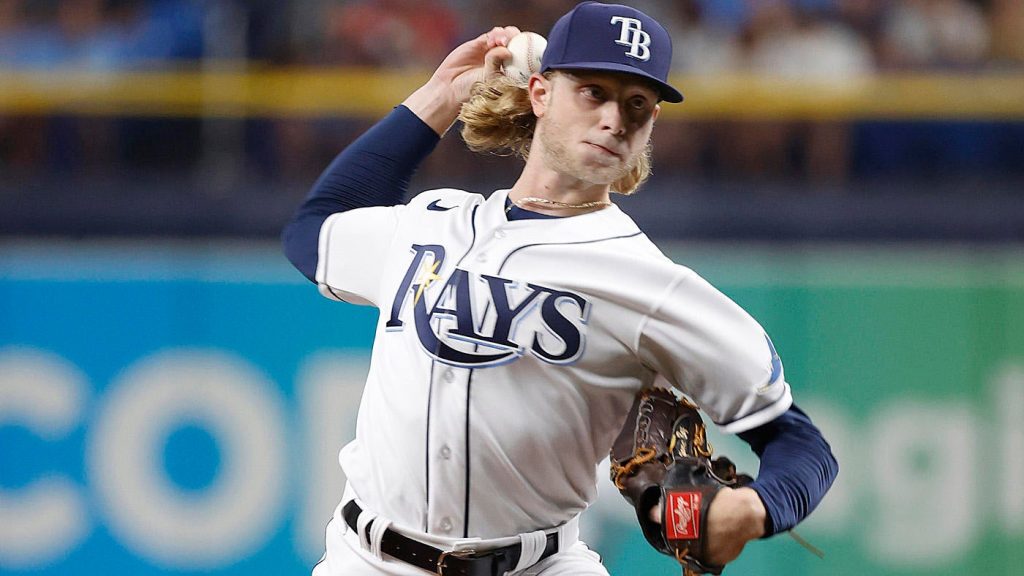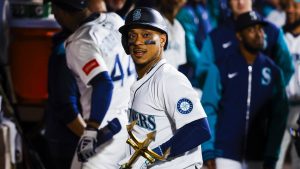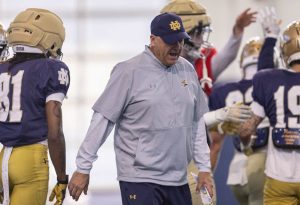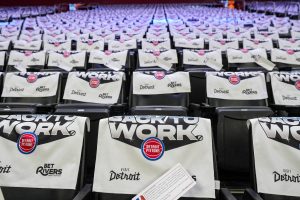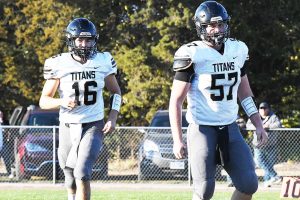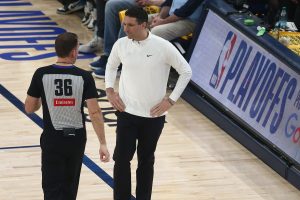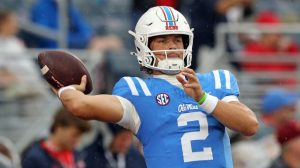Despite Shane Baz’s elite strikeout numbers, his baseline metrics raise red flags about long-term sustainability

There’s no one path to success in baseball. Paul Skenes has elite velocity and six different absurdly dominant pitches he can throw in any count; Seth Lugo throws about 7 mph softer, but might throw 10 different pitches at any given point; Hunter Greene has such a dominant fastball that he’ll throw it 60-70% of the time in any given start; Corbin Burnes might go entire starts without throwing a single traditional fastball. There are almost as many different ways to succeed as a pitcher as there are individual pitchers in major league baseball.
You just need to get outs, and you need to avoid baserunners; how you accomplish those things is where the fun happens.
But there are still some rules. On the whole, strikeouts are the best thing a pitcher can do in almost every situation, because there is almost no chance of a batter reaching base on a strikeout, and it’s pretty rare that a runner is going to advance on a strikeout. It would be an overstatement to say that the best pitchers in baseball are the ones who get the most strikeouts, but if you had to identify one skill only to chase with pitchers, that would be the one.
And, by that measure, Shane Baz’s breakout sure looks legit. The former top prospect’s 2.46 ERA is fueled in large part by a 10-point jump in his strikeout rate, from an average 21.6% mark last season to an elite 31.6% rate. He’s put up two massive strikeout performances of note, striking out 10 against the Pirates in his first start of the season and then following that up with an 11-strikeout gem against the Red Sox two starts later. This is who we were promised Baz would be back in his prospect days, and with his four-seamer sitting 1 mph up and his curveball and changeup looking as good as they ever have, it’s time to buy fully into Baz’s breakout, right?
I’m not so sure.
Just like there’s no one way to be a good pitcher, there’s no one way to get strikeouts, but usually, strikeout rates and whiff rates go hand in hand. The more whiffs a pitcher gets – the more bats he misses – generally the more strikeouts they get. Last season, among the 20 top qualifying pitchers in strikeout rate, 17 were also in the top 20 in swinging strike rate; Hunter Brown, Michael King, and Sean Manaea were the only exceptions, and of those three, Brown was the only one in the bottom half of qualifiers in swinging strike rate.
In 2025, Baz sits 40th out of 84 qualifiers in swinging strike rate at 11.3%, sandwiched between Jameson Taillon and Matthew Liberatore; Taillon’s strikeout rate is 19%, while Liberatore’s is just 23.1%, a far cry from Baz’s 32.1% strikeout rate.
Zooming out a bit, we can see even more clearly what an outlier Baz’s current success is. From 2015 through 2024 (excluding the shortened 2020 season), there have been 67 instances of a pitcher sporting a swinging strike rate between 11% and 11.5%, and only 28.4% of them had a strikeout rate of at least 25%, with Sonny Gray in 2019 at the top of the pack with a 28.9% rate. On average, those 67 pitchers have had a 23.4% strikeout rate – not bad, but only slightly above the league average, and nowhere near Baz’s current elite mark.
We can look at this from a different perspective by looking at some more process-oriented stats, and they’ll show the same thing. Baz has thrown 56.8% of his pitches in the strike zone in the early going, compared to an MLB average of 48.7%; hitters are making contact on 83.7% of their swings on pitches in the strike zone, compared to the MLB average of 82.0%; and he is generating a swing on just 24.1% of pitches out of the strike zone, compared to the MLB average of 28.5%. So, he’s throwing a ton of pitches in the strike zone, he isn’t generating many swings and misses on those pitches, and he isn’t generating many swings on the pitches he throws out of the strike zone, which all sounds like a pretty bad strategy for getting strikeouts.
And it is. Since 2015, there have been four other pitchers with an In-Zone% greater than 53%, a chase rate below 25%, and an In-Zone Contact% above 83%, and here’s what those four pitchers managed for their strikeout rates:
- German Marquez, 2017 – 21% K%
- Antonio Senzatela, 2017 – 18.1% K%
- Matt Harvey, 2018 – 19.8% K%
- Austin Gomber, 2023 – 14.4% K%
That’s a small sample size because there just aren’t many pitchers who have done this specific trio of things before. Lower the threshold to a Zone% above 52%, a chase rate below 26%, and an in-zone Contact% above 82%, and you get 18 names, who collectively sported an 18.9% strikeout rate, with the highest coming in at just 23.2%.
It’s just hard to get strikeouts if you pitch as much as Baz does in the strike zone and don’t miss many bats. You can get away with it if you generate swings on pitches out of the strike zone, like Justin Steele, George Kirby, Nick Pivetta, or Clayton Kershaw have at various points in their careers. But Baz’s approach isn’t generating those kinds of swings, and it’s going to make sustaining this strikeout success extremely difficult moving forward.
Which is to say, yeah, Baz is probably a sell-high candidate right now. That doesn’t mean I expect the bottom to drop out or that you need to trade him for anything you can get. But it does mean I’m not expecting Baz to be an ace moving forward without some changes to his approach. Maybe he can throw out of the zone strategically a bit more often, ideally with his curveball. Or he could work on rediscovering the feel for his slider that was once his best pitch but which has largely abandoned him since he had Tommy John surgery. Or maybe he could be even more aggressive about throwing his fastball above the strike zone to try to nudge his middling 17.3% whiff rate on that pitch up.
But his approach right now isn’t sustainable. At least not in a way that is likely to make Baz an elite strikeout pitcher. If someone in your league thinks Baz is a burgeoning ace, someone who might just pitch like a top-12 SP the rest of the way, you should be extremely open to trying to move him. Targeting a slow-starting ace like Chris Sale, Garrett Crochet, or Dylan Cease could make a lot of sense if you could pull it off.
